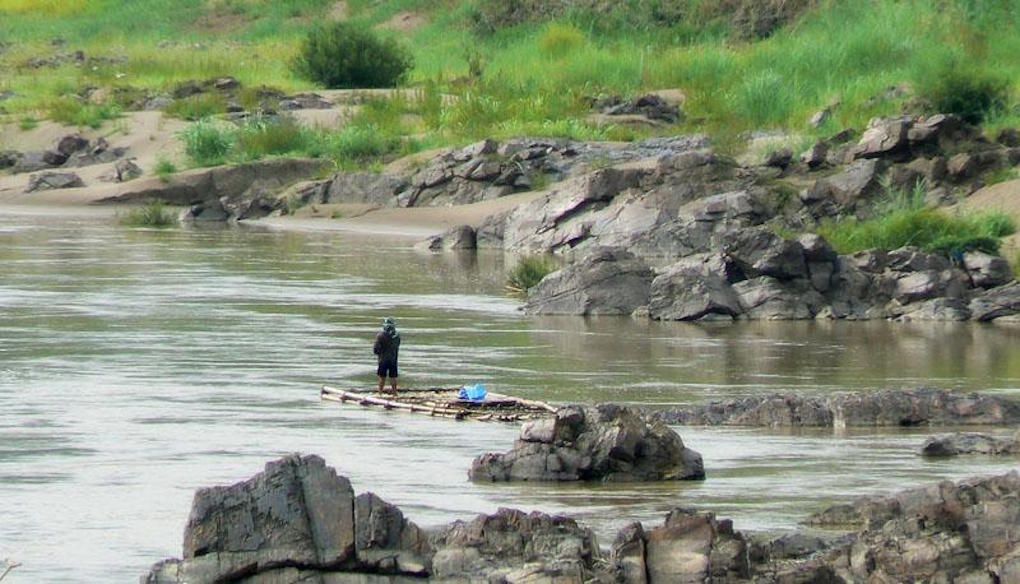Sitting in the courtyard of his home in Lopburi Province, 180 kilometers north of Bangkok, Saichol Thanomsak remembers what life was like for the nearly 600 people in Moo 3 Village before Asia’s largest thin-film photovoltaic solar energy project moved in nearby. Land was not fertile and jobs were scarce, forcing breadwinners to seek employment elsewhere. For those who remained, life could be grim.
“The armed forces use nearby fields for firing practice and villagers would collect artillery shells for scrap metal,” he says. “Sometimes they blew up and there were many injuries. Today, we don’t have to take such risks. Our village benefits greatly from the solar plant. It has allowed so many of us to stay home and make a decent living.”
Thitima Yoosubsorn agrees. When the 22-year-old graduated as an electrical engineering student she was happy to get a job near home at the plant. She is now one of six operators—and the only woman—who maintain and service the plant’s more than 600,000 solar panels.
Leading on large scale renewable energy
The Natural Energy Development company, a $250 million joint venture between CLP Thailand Renewables, Diamond Generating Asia, and the Electricity Generating Public Company, built the 55-megawatt photovoltaic solar plant in just 18 months, ahead of schedule and under budget.
The Asian Development Bank assisted in obtaining long-term financing and helped the project register and pre-finance certified emission reductions under the Clean Development Mechanism, which attracted several local lending partners, including Bangkok Bank, Kasikornbank, and Siam Commercial Bank.
ADB supports solar energy projects in the region through its Asia Solar Energy Initiative, set up in 2010, and the Lopburi solar plant was the initiative’s first project.
On 22 December 2011, the solar farm began feeding power to the Electricity Generating Authority of Thailand and now generates enough clean electricity to power 70,000 households. By replacing fossil fuels, the plant will avoid the release of more than 1.3 million tons of greenhouse gases into the atmosphere over the next 25 years.
As the first large-scale solar power plant in the country and the largest in Asia, the project has demonstrated the feasibility of large, private sector solar farms. Thailand is one of the biggest energy consumers in Southeast Asia and the government is leading the way in the region in the use of renewable energy.
Twarath Sutabutr, director-general of the Energy Policy and Planning Office in the Ministry of Energy, believes that the proportion of renewable energy in Thailand could exceed 25%. “Already, 12% of national fuel consumption comes from renewable energy sources,” he says.
Corporate and community partnership
More than 10,000 people live in 21 villages within a 5-kilometer radius of the solar plant. To implement the project’s ambitious corporate social responsibility program, the Natural Energy Development, or NED, company partnered with several nearby communities and three schools with the goal of developing a model to demonstrate how renewable energy can improve livelihoods.
With financial support from the company, farmers learned about sustainable agriculture and efficient organic farming methods. Poor farmland has been transformed into highly efficient and productive organic farms that have become a model for other farmers. Solar panels also power electric irrigation pumps.
Solar panels that need to be replaced at the plant because they no longer operate at maximum capacity are donated to local schools and communities. The company also provided a renewable energy course for 133 students and their teachers at Ban Khaotien Mittapharb 134 Primary School which has received many awards for excellence, including a prize from the Ministry of Education’s 2014 national renewable energy competition “Energy for Life.”
“The program is a success because it is a three-way partnership between the school, NED, and the community,” says mathematics teacher Chan Chalee.
The school has 60 solar panels each producing 135 watts to light classrooms and power fans. “We save about 3,000 baht a month (about $84.00) on electricity costs,” says Chan. Electric water pumps power sprinklers for a herb garden on the school grounds and six plots provide vegetables for the children’s lunchtime meals.
A brighter future
“This project helped develop our community and brought prosperity,” says Wilairat Chatthong who works with her husband Sawang to keep long grass down at the solar plant and protect operators from poisonous snakes. “We have a better life and bright future.”
Learn more about ADB’s work in Thailand and support for clean energy. Follow the ADB Resident Mission in Thailand on Facebook.
This article was originally published in Together We Deliver, a publication highlighting successful ADB projects across Asia and the Pacific that demonstrated development impacts, best practice, and innovation.




